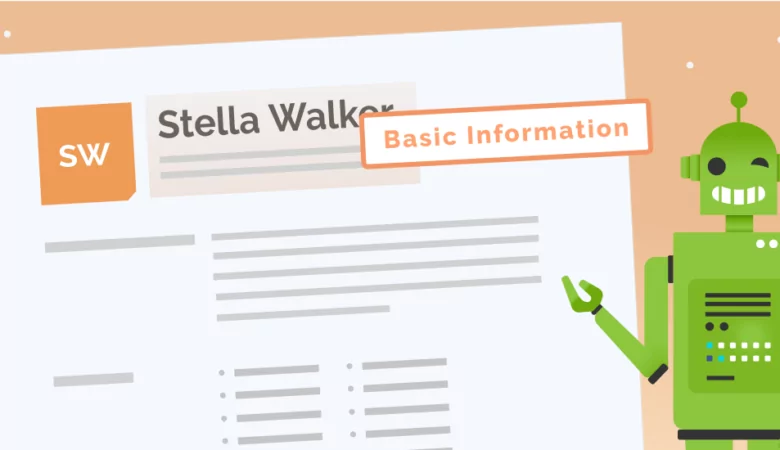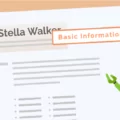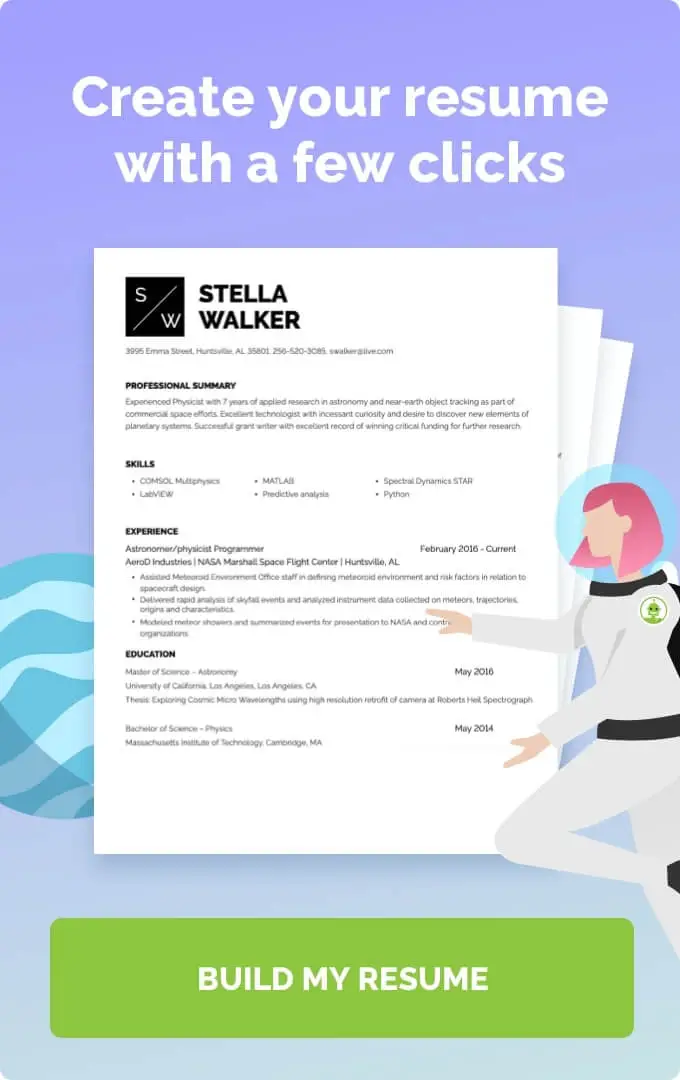Photography can be fun to participate in but can also be very challenging. Here’s how to effectively show off your skills in a photographer's resume.

Stunning Photographer Resume Examples for This Year
Photographer Resume Examples
Photography is a highly creative field, and your creativity will get you far as an artist. However, at the same time, creativity alone won’t land you a job. If you want a great job, you’ll need to know how to describe your talents. Here’s how you can showcase your photography skills more effectively.
What To Highlight in a Photographer’s Resume
Creativity is an important point to highlight in your resume, but it’s also important to remember that every person submitting a resume to the hiring manager will be creative. Instead of just stating that you’re a creative person, show off your creativity and work ethic using a variety of metrics from your previous jobs. These metrics may include the size of the companies you’ve worked for, the number of views your photos have received or the number of photoshoots you’ve done.
Structure of a Photographer’s Resume
Before you do anything else, it’s important to decide on your resume format. Your options include the chronological format, which emphasizes work history, the functional format, which emphasizes skills, and the combination format, which emphasizes both. The ResumeNerd resume builder is great for any resume format. Choose the right format for your professional resume and start writing the content using the following sections.
Header
Your resume header should include your name and contact information, such as your phone number, email address and professional social media links, like your LinkedIn profile.
Resume summary or objective
The first significant section in your resume should be your resume summary or objective. If you have more experience, you’ll write a resume summary, which goes over that experience and mentions your biggest accomplishments. If you have less experience, you’ll write a resume objective, which focuses more on your knowledge, skills and career goals.
Skills
Your photographer skills section needs to include both hard skills, which are the skills in the photography field that you trained specifically to do, and soft skills, which are transferable skills that you might use in any job. Here are some bullet points to help you get started:
- Booking photo shoots
- Using photo editing software (Adobe Photoshop, Capture One Pro)
- Communication skills
- Digital photography skills
- Using a lightroom
- Taking high-quality pictures
- Retouching pictures
- Using various cameras (Canon, DSLR)
- Customer satisfaction
- Digital imaging
- Family portraits
Remember that every professional photographer will need slightly different skills. To write the best resume, read through the job posting to see what the recruiter wants in a candidate. Then include these terms in your resume to help you stand out from the crowd.
Work history
Your work experience section should include up to 10 years of experience in the photography field. List your job title, such as lead photographer, and describe what you did in this job. Additionally, list your experience in reverse-chronological order, with the most recent experience at the top.
Education
Different photographers will have different levels of education. This can range from simply a high school diploma to a fine arts degree. You shouldn’t list your high school if you have a college degree. Also, never list your GPA as recruiters aren’t interested in this information.
Do’s and Don’ts for a Photographer Resume
Here are some additional tips for writing your photographer resume:
-
Do:
- Mention plenty of photography experience. You can even include experience in extracurricular activities and personal projects.
- Check out existing photographer resume examples from ResumeNerd. This can give you some insight into how other photographers are talking about their skills.
- List all certifications that you have available. You’ve put a lot of time and energy into getting those certifications, after all.
-
Don’t:
- Add low-quality photographs to a website resume. Your online portfolio should only include your absolute best photographs over the years.
- Submit a plain, black-and-white resume in a boring document. Use photographer resume templates from ResumeNerd to find a creative resume design.
- Include any jobs without job descriptions. Especially when it comes to photography, your job title won’t say much about your job duties.
FAQ: Photographer Resumes
It’s always a good idea to include a cover letter, even if the job description doesn’t specifically mention one. A cover letter is a great way for you to go over previous photographer jobs, discuss your skills, and show exactly what you’re good at. Plus, you don’t need experience in writing cover letters to do it. Just use the ResumeNerd cover letter builder.
If you’re worried that you don’t have enough experience to write a photographer resume, there are many options available. First of all, if you’ve worked as a freelance photographer, you likely have a significant amount of experience that you can draw on. Just discuss specific photographer jobs you’ve taken as a freelancer. You can also rely on your skills and education instead of just relying on your experience.
Every time you apply for a new job, it’s a good idea to change your resume slightly to ensure you’re aligned with the precise information the hiring manager is looking for. Read carefully through the job posting, then add these skills to the perfect resume for that particular photography job. Add this information throughout your job application, including your cover letter to show you are the perfect fit for the role.








